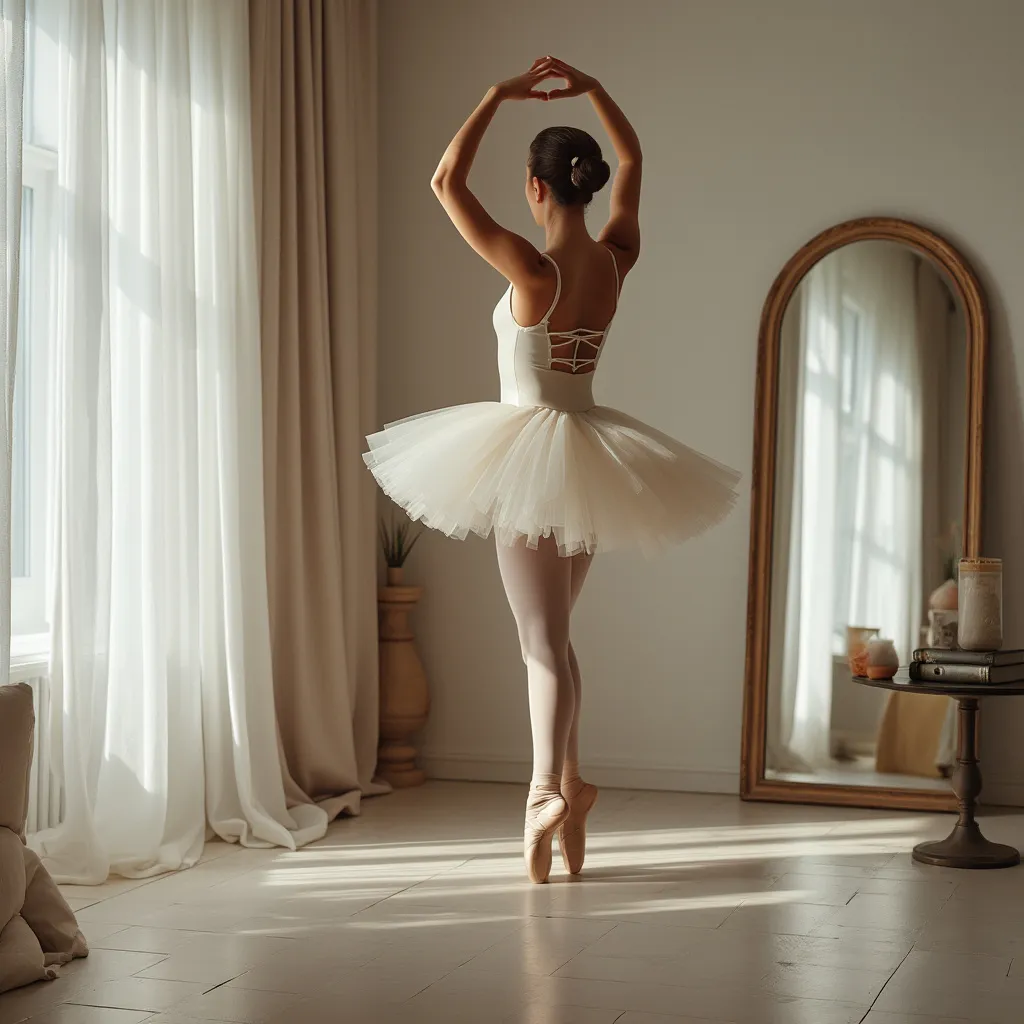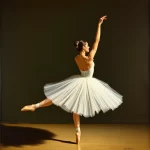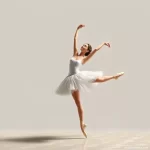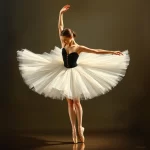Adagio and Allegro: Contrasts in Ballet Tempo
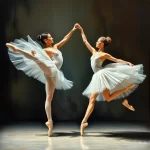
Introduction
Ballet, a classical dance form that has captivated audiences for centuries, is a harmonious blend of artistry, athleticism, and musicality. One of the most fascinating aspects of ballet is its use of tempo to convey different emotions and narratives. Two contrasting tempos that are fundamental to ballet are Adagio and Allegro. These terms, borrowed from musical terminology, describe the speed and style of the movements performed by dancers. Understanding the contrasts between Adagio and Allegro is essential for appreciating the depth and complexity of ballet performances.
Understanding Ballet Tempo
What is Tempo in Ballet?
In ballet, tempo refers to the speed at which movements are performed. It is closely tied to the music that accompanies the dance, dictating the rhythm and pace of the choreography. Tempo can range from slow and deliberate to fast and energetic, each bringing a unique flavor to the performance.
The Role of Music in Ballet Tempo
Music is the heartbeat of ballet. It sets the tone, mood, and pace of the dance. Composers and choreographers work in tandem to create pieces that align the musical tempo with the desired emotional expression. The tempo of the music directly influences the tempo of the dance, making it a crucial element in ballet.
Adagio: The Art of Slow Movement
Definition and Characteristics
Adagio, derived from the Italian word for “slowly,” refers to a slow tempo in both music and dance. In ballet, Adagio movements are characterized by their grace, fluidity, and control. These movements often involve extensions, balances, and sustained poses that require immense strength and precision.
Emotional Expression in Adagio
Adagio movements are often used to convey deep emotions such as love, longing, and melancholy. The slow tempo allows dancers to fully express the nuances of their characters’ feelings, creating a poignant and intimate connection with the audience.
Technical Demands of Adagio
Performing Adagio movements requires exceptional technique and control. Dancers must maintain their balance and poise while executing slow, sustained movements. This demands a high level of strength, flexibility, and body awareness. The ability to move slowly and fluidly without losing balance is a hallmark of a skilled ballet dancer.
Allegro: The Energy of Fast Movement
Definition and Characteristics
Allegro, meaning “lively” or “cheerful” in Italian, refers to a fast tempo in music and dance. In ballet, Allegro movements are characterized by their speed, agility, and dynamism. These movements often include jumps, turns, and quick footwork that showcase the dancer’s athleticism and technical prowess.
Emotional Expression in Allegro
Allegro movements are typically used to convey joy, excitement, and exuberance. The fast tempo and energetic movements create a sense of vitality and enthusiasm that can be exhilarating for both the dancers and the audience.
Technical Demands of Allegro
Performing Allegro movements requires a high level of stamina, coordination, and precision. Dancers must be able to execute rapid sequences of steps with accuracy and control. The ability to perform quick, intricate movements while maintaining proper form is essential for executing Allegro choreography effectively.
Contrasts Between Adagio and Allegro
Tempo and Rhythm
The most obvious contrast between Adagio and Allegro is their tempo. Adagio is slow and deliberate, while Allegro is fast and lively. This difference in tempo creates distinct rhythms and pacing in the choreography, influencing the overall feel of the performance.
Emotional Tone
Adagio and Allegro also differ in their emotional tone. Adagio movements tend to be more introspective and expressive, often conveying deep emotions and complex narratives. In contrast, Allegro movements are more extroverted and exuberant, creating a sense of joy and excitement.
Technical Requirements
The technical demands of Adagio and Allegro are also quite different. Adagio requires strength, control, and balance to execute slow, sustained movements. Allegro, on the other hand, demands speed, agility, and precision to perform rapid sequences of steps. Both tempos require a high level of technical skill, but they challenge the dancer in different ways.
The Interplay of Adagio and Allegro in Ballet
Creating Dynamic Performances
The interplay of Adagio and Allegro in ballet creates dynamic and engaging performances. Choreographers often use a combination of both tempos to create contrast and variety in their works. This interplay can highlight the versatility of the dancers and add depth to the narrative.
Examples in Classical Ballet
Many classical ballets feature a blend of Adagio and Allegro movements. For example, in “Swan Lake,” the Adagio movements in the White Swan pas de deux convey the tenderness and vulnerability of Odette, while the Allegro movements in the Black Swan pas de deux showcase the cunning and seductiveness of Odile. This contrast enhances the storytelling and emotional impact of the ballet.
Modern Interpretations
Contemporary choreographers also explore the contrasts between Adagio and Allegro in innovative ways. By experimenting with tempo and rhythm, they create fresh and exciting interpretations of traditional ballet forms. This ongoing exploration keeps ballet relevant and engaging for modern audiences.
FAQ
What is the difference between Adagio and Allegro in ballet?
Adagio refers to slow, graceful movements that emphasize control and fluidity, often used to convey deep emotions. Allegro refers to fast, energetic movements that showcase speed, agility, and dynamism, typically used to express joy and excitement.
Why are Adagio movements challenging for dancers?
Adagio movements are challenging because they require immense strength, control, and balance to execute slow, sustained movements without losing poise. Dancers must maintain their form and fluidity while performing these demanding sequences.
How do choreographers use Adagio and Allegro to enhance a ballet performance?
Choreographers use Adagio and Allegro to create contrast and variety in their works. By blending slow, expressive movements with fast, energetic ones, they can highlight the versatility of the dancers and add depth to the narrative, making the performance more dynamic and engaging.
Can a single ballet piece include both Adagio and Allegro movements?
Yes, many ballet pieces include both Adagio and Allegro movements. This combination allows for a richer and more varied performance, showcasing different aspects of the dancers’ skills and enhancing the emotional and narrative complexity of the ballet.
What are some famous ballets that feature both Adagio and Allegro movements?
Classical ballets such as “Swan Lake,” “The Nutcracker,” and “Giselle” feature a blend of Adagio and Allegro movements. These ballets use the contrast between slow and fast tempos to enhance the storytelling and emotional impact of the performance.
Conclusion
The contrasts between Adagio and Allegro in ballet are a testament to the art form’s complexity and versatility. These differing tempos not only challenge dancers in unique ways but also enrich the emotional and narrative depth of ballet performances. By understanding and appreciating the nuances of Adagio and Allegro, audiences can gain a deeper insight into the artistry and technical prowess that define ballet. Whether through the slow, expressive grace of Adagio or the fast, energetic dynamism of Allegro, ballet continues to captivate and inspire with its timeless beauty and elegance.

